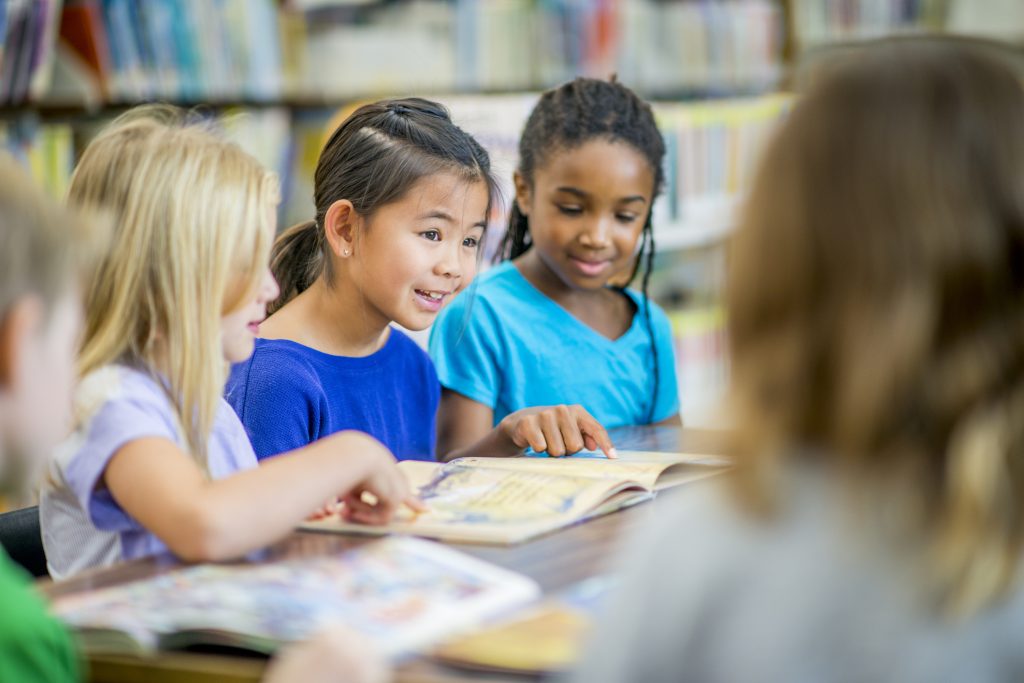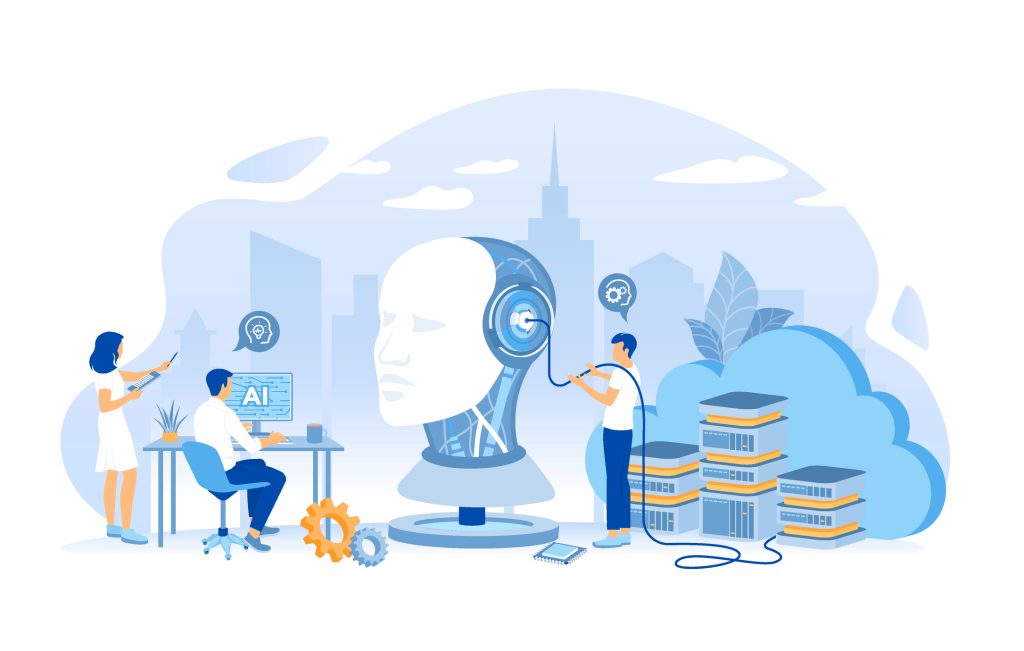As a teacher, I developed my best lesson plans while in the shower or on the way to work: a poem, a song, a newspaper article as my inspiration to connect a canonical work of literature to the students’ lives. After a quick search on the Internet, I headed to the copy machine. Often, I incorporated these lessons and copied texts into yearly unit plans. On occasion, I shared a copy of a lesson with a colleague, and if that person met with success, the lessons would be copied throughout the department.
Aware of the impact this had on trees, I always made double-sided copies, but awareness of copyright laws was seldom a part of my thought process. Rarely, if ever, did I consider how an author who writes for a living would feel about my copying and whether in some way I was ignoring the right of authors and creators to decide how and where their work is used.
One time, while listening to NPR on my way to work as they repeated terms like “systemic racism” and “wealth gap,” I decided I wanted to make sure that the white affluent students in my classroom understood these phrases and empathized with the people who are affected. I decided to create a slide presentation, providing history on the G.I. Bill and the recent discoveries of racial covenants found in property deeds in Portland, OR. I also shared an article, “The Color of Wealth in Boston,” which uses data collected in 2015 to demonstrate the widening gap close to home. Then a quick search of the Internet for other texts, a few downloads and again, off to the copy machine.
Similar experiences occur for all educators. We innately strive to do better, to reach as many students as possible. We want our students to be inspired, so when we are, we act, and we copy.
Now that I work inside an organization whose mission is largely focused on providing efficient solutions for the lawful reuse of content, I have a bit of a guilty conscience. The question becomes, “When does inspiration become infringement?” Honestly, as a teacher, I didn’t know. I reassured myself that because I was a teacher all that copying fell under “for educational purposes only,” “public domain,” and “fair use.” While those were my beliefs, I did not really understand those terms. I was never trained on copyright, didn’t know if my district had a documented copyright policy or who I could ask if I had a question. After taking a course on copyright, it turns out, some of what I did was likely fine and some less so. For example, I learned that while I might otherwise have been allowed to make copies for distance learning under the TEACH Act, I could not because my school did not develop or publicize its copyright policies.
I know now there are four factors in evaluating fair use:
- How is the content being used?
- What is the nature of the work?
- How much is being reused and is the portion used considered to be the “heart of the work”?
- What is the effect on the potential market for the work?
Luckily, I didn’t do anything that would cause my district to have to pay 9.2 million dollars for copyright infringement, as happened in a case involving Houston Independent School District. In that case, a company called DynaStudy created a study guide that a district educator found useful, so they bought some, copied more and distributed them across the school. When they reproduced the study guides, not only did they disregard the statement, “Copying this material is strictly prohibited,” they copied over it as well as the DynaStudy logo. As part of the settlement, all employees of the Houston School District now must take copyright training.
I recently took an eLearning certificate course called Copyright Essentials for K-12. Designed for teachers, administrators and EdTech providers, it’s an on-demand program that explains everything in plain English. I’m glad to learn that not everything I did as a teacher opened my district to liability. On completion, the course made me consider the following questions:
- If I were in the classroom again, would I be so quick to copy?
- As a teacher, how easily could I license the materials I need?
- Am I not sharing valuable content because I need (or think I need) permission, and I don’t know how to get it?
- Is my copying in line with my school’s or district’s policy, or am I creating risk?
- Am I setting a good example for the children in my classroom about respect for the intellectual property of others?
In the end, we all want to do the right thing. Teachers undoubtedly have fleeting thoughts concerning copyright, but these thoughts come second to the thoughts about the students in front of them. Teachers’ minds, filled with their students’ social and emotional needs, their many different learning styles, and the learning objectives each child must reach, should not be distracted by the details of managing copyright permission, for inspiration is quickly followed by spontaneity in the classroom. That’s why, as an educator, it’s important to know the school’s policy on copyright, have professional development on copyright in the classroom, and, even better, have an easy way to use copyrighted material in the classroom without having anything to confess.





